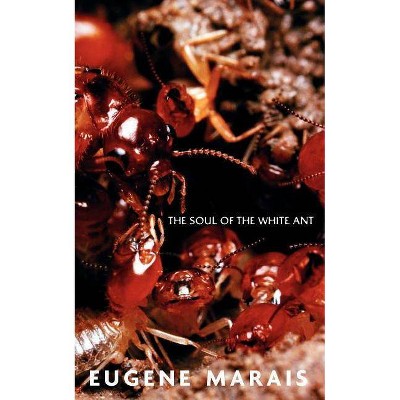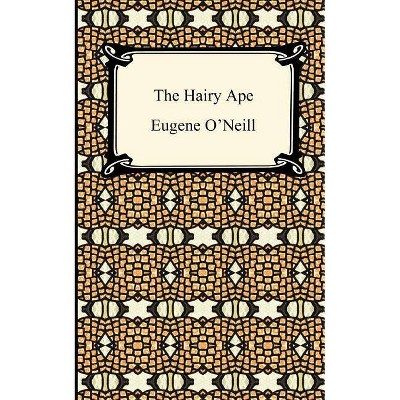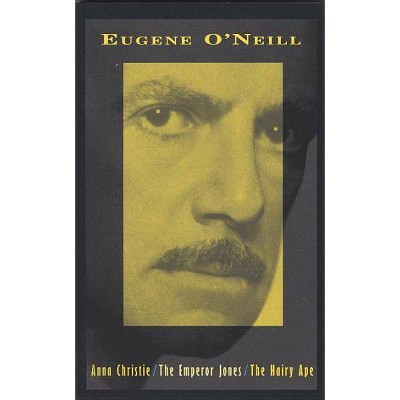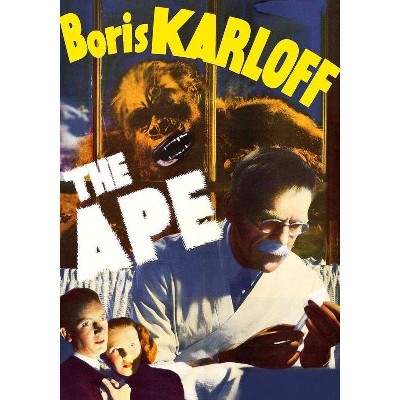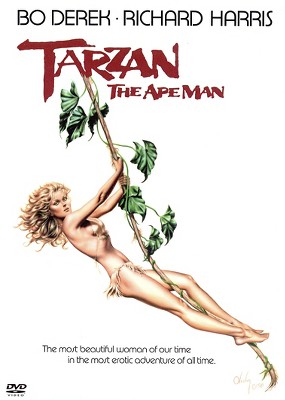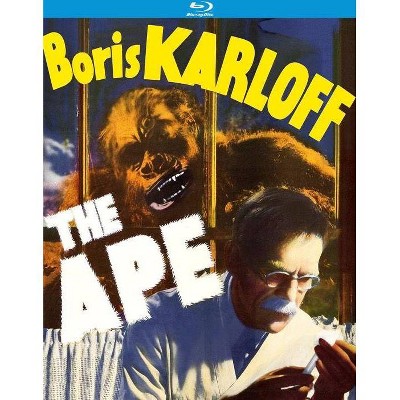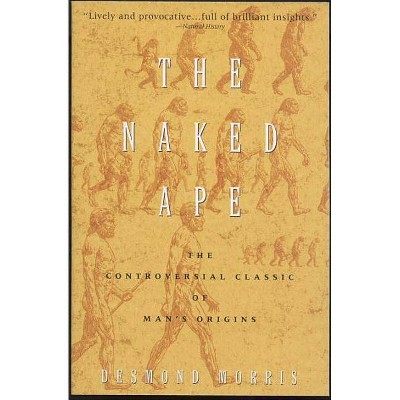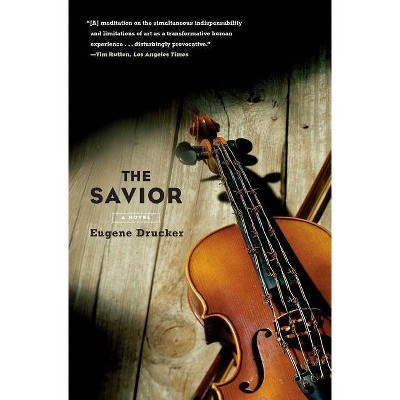The Soul of the Ape & My Friends the Baboons - by Eugene Marais (Paperback)
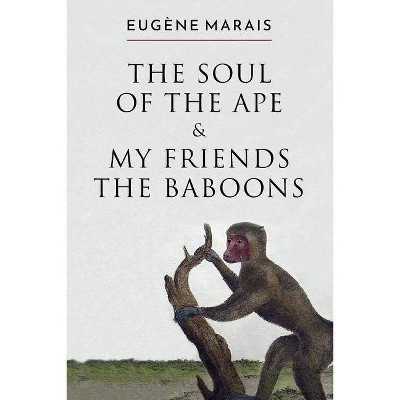
Similar Products
Products of same category from the store
AllProduct info
<p/><br></br><p><b> About the Book </b></p></br></br>Eugene Marais spent three years living in the South African wilderness with a troop of baboons. He later described this as the happiest, most content time of his troubled life. This period produced two works: 'My Friends the Baboons', and 'The Soul of the Ape'. These studies have profound implications for the study of human consciousness.<p/><br></br><p><b> Book Synopsis </b></p></br></br><p>Eugene Marais spent three years living in the South African wilderness in close daily contact with a troop of baboons. He later described this as the happiest, most content time of his troubled life. This period produced two works which are testament to his research and conclusions; they have very different histories.</p><p>Firstly, there was a series of articles written in Afrikaans for the newspaper <em>Die Vaderland</em>. They were then published in book form under the title <em>Burgers van die Berge</em>, and were first published in an English translation in 1939 under the title <em>My Friends the Baboons</em>. These pieces were written in a popular vein suitable to a newspaper readership, and were not regarded very seriously by Marais himself. They are a journal; a series of anecdotes and impressions.</p><p><em>The Soul of the Ape</em>, which Marais wrote in wonderfully clear and precise English, was the more serious scientific document; however after his death in 1936, it could not be found. It was lost for 32 years, and was recovered in 1968, and published the following year.</p><p>The excellent introduction by Robert Ardrey that is included in this volume was part of the 1969 and subsequent editions of <em>The Soul of the Ape</em>, and adds greatly to an appreciation of its importance.</p><p>Together, these three texts give us as complete a picture as we will ever get of Marais' three year study of these complex relatives of humanity, and its implications for the study of consciousness.</p><p>Eugѐne Marais is also the author of <em>The Soul of the White Ant</em>, his exploration of the psyche and social life of the termite. It was always his intention that the two bodies of work, on termites and apes, were companion pieces in the search for an understanding of the psyche that would span the gulf between the insect and primate worlds. The point of Marais' work was, always, the mystery of consciousness itself, on which grounds it is as relevant as ever.</p> <p>"He offers a vision of nature as a whole, whose parts obey different time-laws, move in affinities and linkages we could learn to see: parts making wholes on their own level, but seen by our divisive brains as a multitude of individualities, a flock of birds, a species of plant or beast. We are just at the start of an understanding of the heavens as a web of interlocking clocks, all differently set: an understanding that is not intellectual, but woven into experience. Marais brings this thought down into the plain, the hedgerow, the garden." - Doris Lessing in The New Statesman</p>
Price History
Price Archive shows prices from various stores, lets you see history and find the cheapest. There is no actual sale on the website. For all support, inquiry and suggestion messagescommunication@pricearchive.us
